There’s a growing demand for localized training and e-learning programs, which brings its own set of challenges. Most applications don’t initially support Arabic, but our team has developed tools to enable viewing and editing Arabic within these applications.
Localized training programs face the dual challenge of fostering a cohesive corporate culture while respecting the cultural and social contexts of their delivery.
Training and e-learning programs are intricate projects that encompass a diverse range of sophisticated media. While traditional methods like paper-based manuals and PowerPoint presentations remain relevant, there’s an increasing shift towards computer-based training, web-based modules, multimedia presentations, and video content. Localizing these requires a substantial array of resources, including translators, editors, desktop publishers, multimedia specialists, software engineers, voice talents, producers, and studio engineers. Effective resource management ensures these programs effectively educate a global workforce while enhancing trainee engagement by considering cultural nuances.
Audio and Video
Localizing audio and video content presents unique challenges, primarily related to time constraints rather than text length. Issues such as program length restrictions and lip synchronization require not only translation but often transliteration to maintain accuracy and context fidelity.
Careful selection of native-speaking translators and narrators is crucial. They must be adept at navigating evolving idiomatic nuances in both English and their respective languages. Translators need to creatively adapt translations to convey the original English message’s intent effectively. Narrators must deliver content with neutral accents, ensuring clarity and accessibility across diverse audiences unless a specific regional dialect is required. Additionally, each translation undergoes rigorous verification by at least two subject matter experts to ensure accuracy and relevance.

